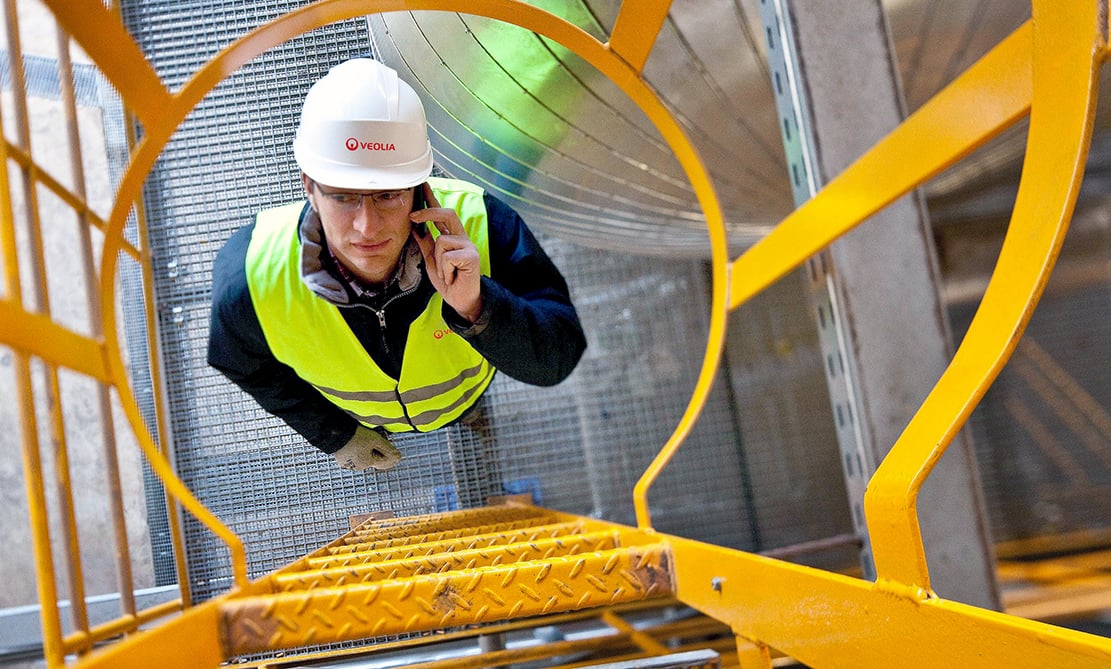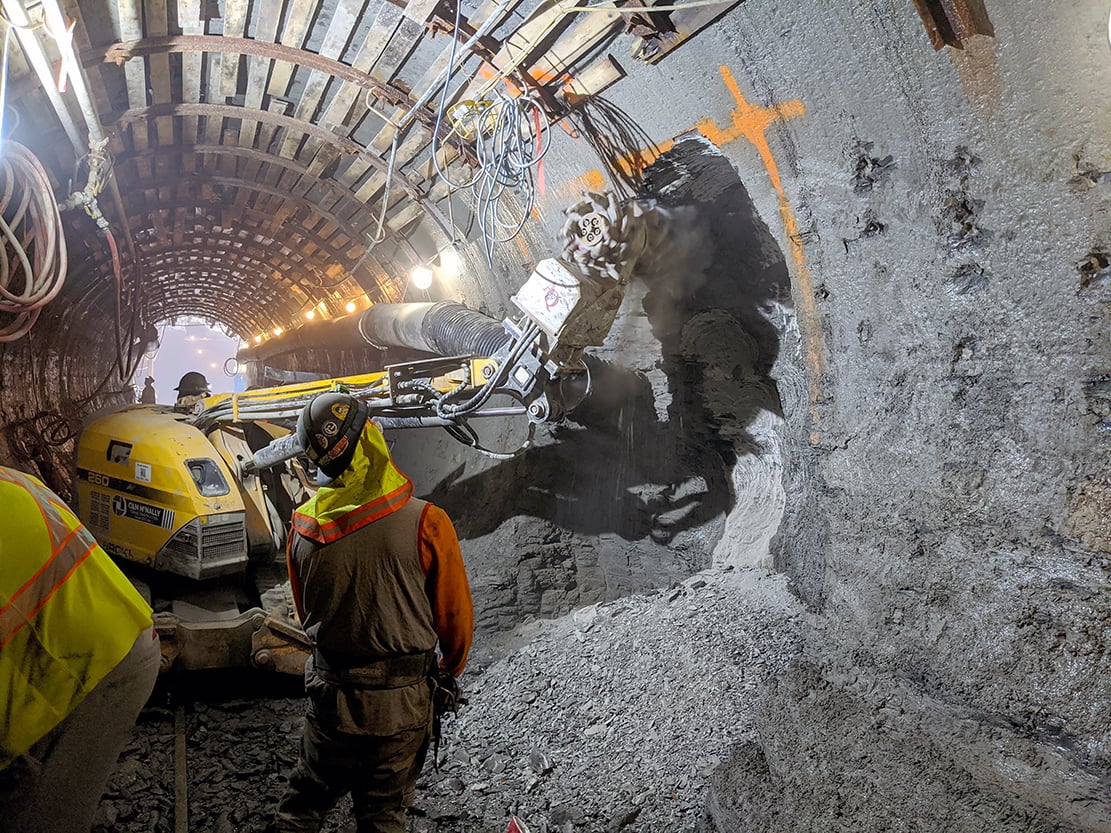Unconstrained and opportunistic investing
The building blocks of our entry, exit and asset management strategy through the investment cycle are based on buying well, managing intensively and selling opportunistically.
| Buy well | Manage intensively | Sell opportunistically |
|
|
|
Asset management approach
Each infrastructure investment is unique. In all cases, our approach is to actively manage portfolio assets for long-term, sustainable net returns; targeting a total return strategy that comprizes capital growth and cash yield using conservative levels of leverage.
Our responsible investment approach is integrated into our asset management activities, and we strive to be a leader in climate change mitigation, workplace health, safety and advocacy, as well as inclusion and diversity.
Our experience and research show well-governed, sustainable companies and assets make for better long-term investments.

Climate and the environment
Supporting the transition of our assets so that they can prosper in a low carbon world that sustains us all.

Workplace leadership
Driving best practice occupational health and safety for staff, customers and communities.

Inclusion and diversity
Promoting inclusive and diverse workplaces to support long-term company performance.

A track record of operational excellence
We drive asset-level business plans and strategy through representation on boards and access to senior management. Our strong in-house expertize assists in implementing optimal financial structures and determining appropriate leverage levels.
We endeavor to add value to our infrastructure assets through earnings growth, led by strong operational performance.


